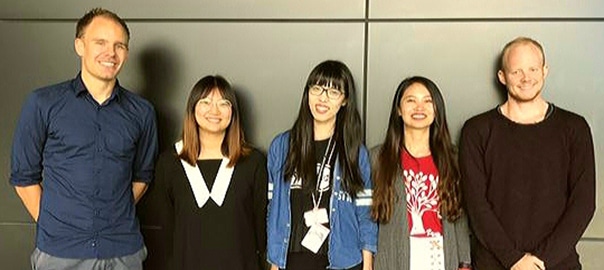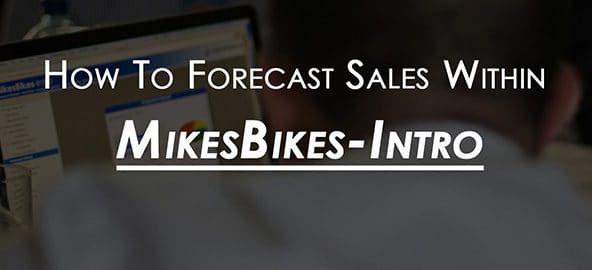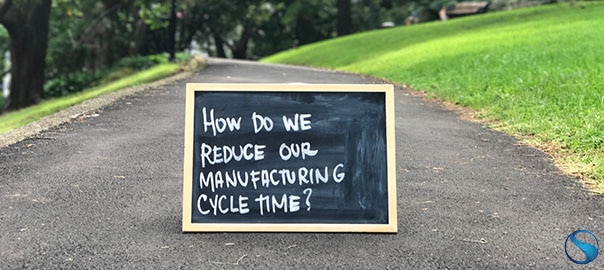Dr. Sprocket from the University of Auckland landed third place in the 2016 MikesBikes World Champs. The team consists of Nicholas Goddard, Philipp Noack, Meng Zhang, Tingyu Fu and Yanxin Jifrom (pictured above).
The Smartsims team reached out and interviewed Dr. Sprocket to speak on their achievement, experiences and advice they would give future students.
How do you effectively work together as a team?
Comfortable team environment and effective division of labour. Each member knew what was required of them. However, whilst team members knew their roles, everyone was open to suggestions from other members. Importantly, decisions were made as a team and in an environment that promoted open discussion.
What is your decision making process within the simulation?
We analyse our results, conduct competitive analysis, discuss our next steps as a team, and make our decisions. We wait for the rollover and then the cycle goes on again.
What was your strategy going into the simulation?
We went for creating high quality products and selling them at a high price. To complement and support this strategy, we made sure to allocate a reasonable amount of our budget towards Marketing our products.
How did you begin implementing that strategy?
We used the lessons we learned from the Single-Player and from our course. We also came up with calculations to figure out the possible outcomes to get the best results.
How did you familiarize yourself with the simulation?
Practice. Practice. Practice. Single-player is a great way to familiarize yourself with how the simulation works. However, success in the team competition relies on team cohesion.
How would you describe the competition?
The qualifying rounds were very competitive. The final rounds and competing for the top four spots was tough, but not as daunting. We felt that we were capable on competing for the top spot.
What challenges did you face? How did you overcome these?
One of the challenges we faced was managing our time. We were on a break during the competition. Some team members were working full-time while others were on vacation.
In addition, there were also issues with communication. Being on break meant that some team members went home (some lived overseas). This meant that we could no longer meet in person. Thankfully, through social media, communicating was not that difficult. However, sending messages online and not speaking to each other directly caused some misunderstanding. We overcame these difficulties by coming to a consensus on all decisions.
Was there anything in particular you did that you think helped to prepare yourself?
The course competition helped us prepare for the World Champs.
How has participating within a course which uses a business simulation to supplement their teaching materials helped you? What do you think of the business simulation?
The business simulation is a fantastic way of giving students a taste of working as executives of a large manufacturing and distribution company. It also taught us the importance of teamwork.
In addition, it gave us an opportunity to try different strategies, make mistakes and fail in a safe environment. It also allowed us to learn from our mistakes and failures.
Comments on your experience with the staff
The staff were fantastic.






